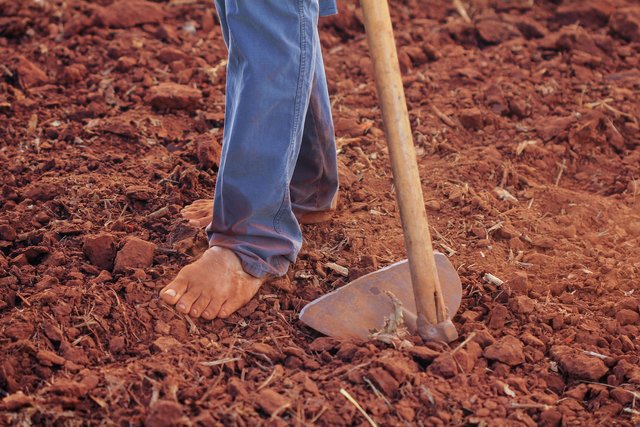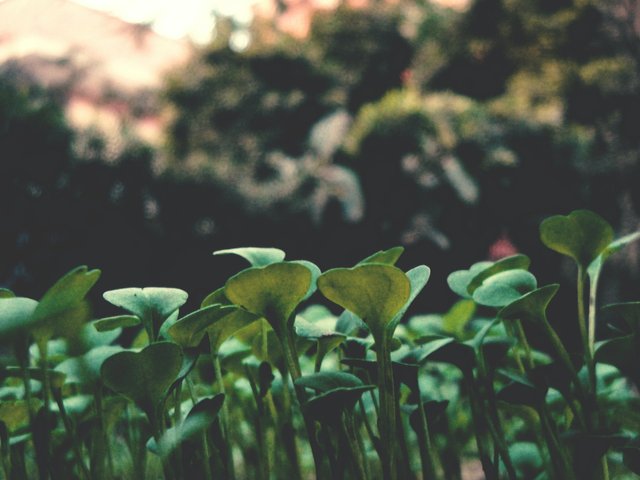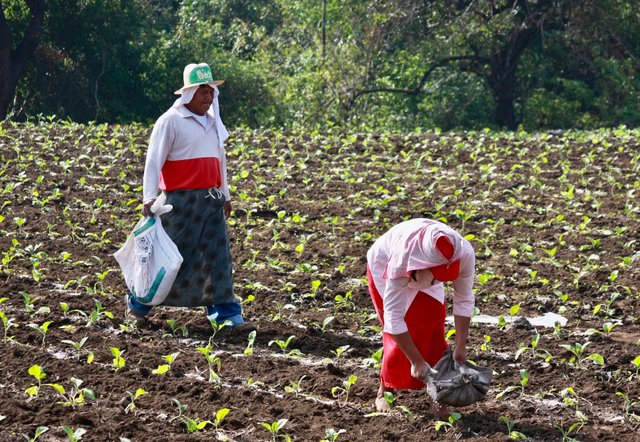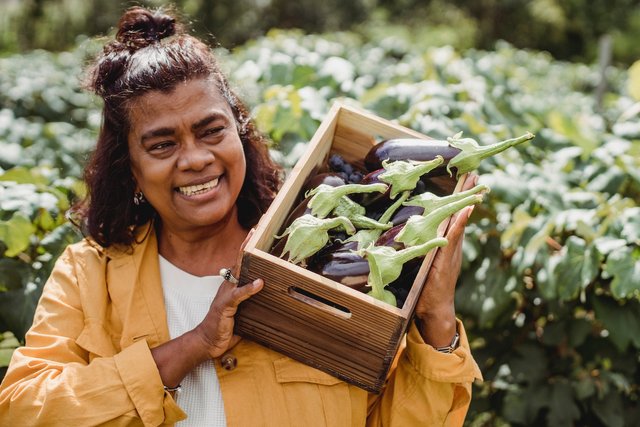I am Md.A.Razak.I use the username @mdarazzak on #Steemit.
I am from #Bangladesh among you.
To prepare field land, the soil is often plowed four to five times with a ladder. 35 to 45 days old seedlings are ready for transplanting. At this stage the seedling has five to six leaves and is about 15 cm tall.
It is possible to plant eggplant seedlings of slightly older age.
Seedlings can remain in the seed bed for up to two months if necessary.
It is better to soak the seed bed soil with water for 1-2 hours before planting so as not to damage the roots.
Variety, soil richness and growing season all affect planting distance.
For large size brinjal, ideal length is 90 cm.
A row of 60 cm space.
In case of small scale cultivation, 75 cm can be used for interval planting and 50 cm spacing between rows is possible.
In order to prevent the seedlings from drying out immediately after planting in the ground, it is better to plant seedlings in the afternoon if possible.
Soil nutrients are greatly absorbed by eggplant.
As a result, fertilizer is needed to produce enough eggplant.
The amount of fertilizer used is determined by soil fertility.
For brinjal cultivation, the following fertilizer rates per hectare are recommended.
Fertilizer should be applied in three installments: the first 10 to 25 days after planting, the second at the beginning of fruiting and the third at mid-fruiting.
If there is no juice in the soil before application of fertilizer, irrigation should be done.
Eggplant fruit and tip eaters are the most dangerous pests for eggplant.
In some places, small red spiders do the primary damage.
Also, brinjal is damaged by thorn beetles, epilacna beetles, jab beetles, caterpillars, leafhoppers, thrips, cutworms and other insects.
To control these pests, an IPM system should be implemented.
In this country, eggplant suffers from two significant diseases: downy mildew and root rot.
This disease is seen in almost all eggplant fields.
Fruit rot also kills many eggplants.
A seedling disease called damping off.
Apart from this, brinjal crops suffer significant losses from diseases such as mosaic, small leaves, root knot etc.
It is necessary to select the fruit before it ripens completely..
The fruits are ready to pick when fully formed, but the seeds are still soft.
At the moment of collection, the skin of the fruit will be shiny and bright.
Overripe fruits have hard and spongy skin that is either greenish yellow or copper in color.
Using finger pressure, many can tell when fruit is ready for picking.
It is understood that the brinjal is seated when pressed with two fingers and returns to its original shape when the pressure is released.
However, if it feels soft to the touch but doesn't sit and has fingerprints, it's worth collecting.
Fruits picked at a younger age have higher quality and lower yield.
Eggplants are good to eat as they approach maturity.
Usually, you will start seeing fruits about a month after flowering.
Depending on the cultivar, yields range from 17 to 64 tons per hectare.

"Newcomers' Community" Achievement Verified Link :

◦•●◉✿ Thank's Everyone ✿◉●•◦
◦•●◉✿ Thank's Everyone ✿◉●•◦



